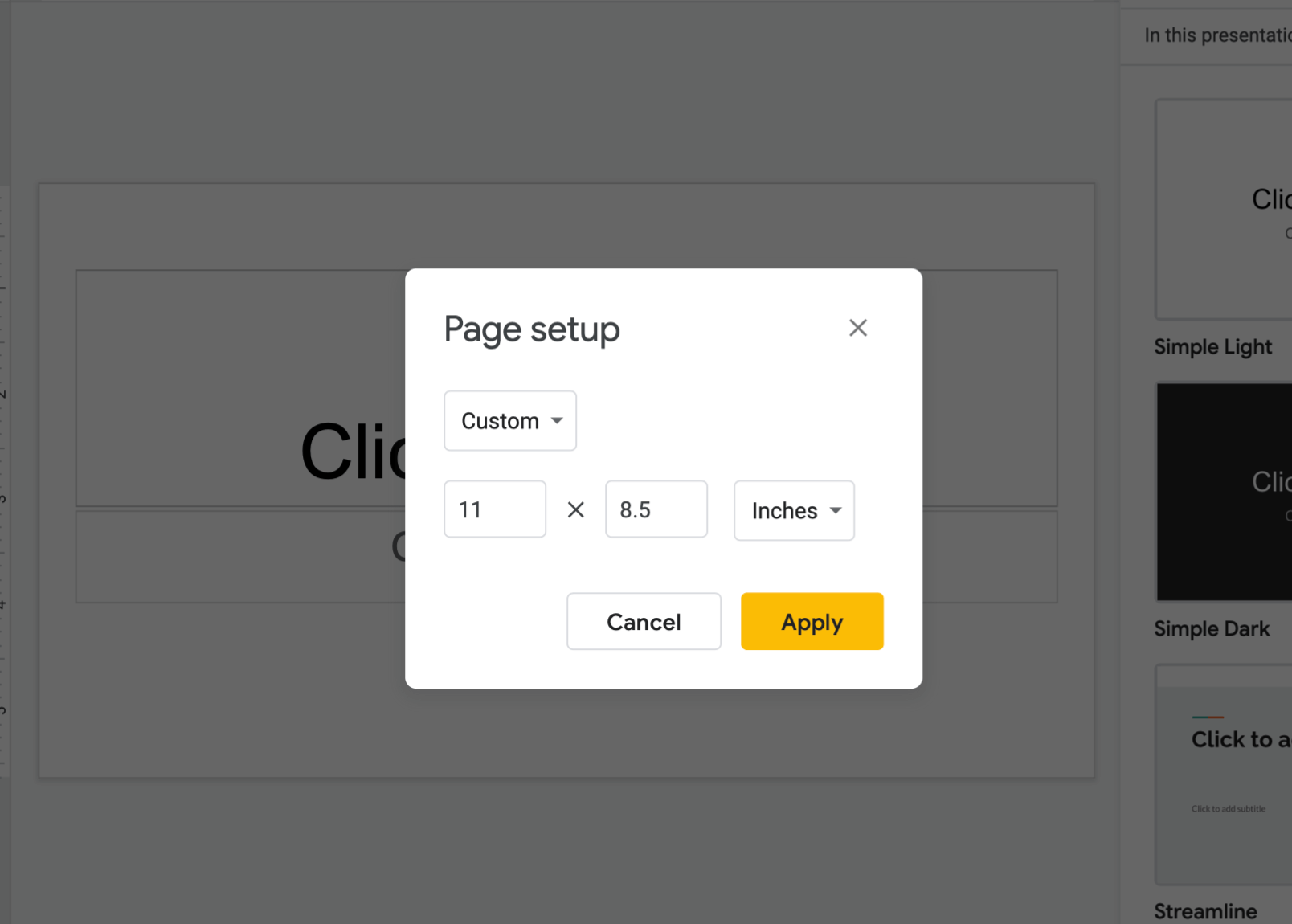

However, one major issue is that, in most cases, you won’t be able to read in every different language fluently. Whether it’s an online information brochure or an offline manual for a digital camera, a PDF file can come in all different types of languages. In fact, with the large global and international nature of the Internet, it’s hard not to come across one. Once installed, students can click the tool on their browser extension bar, and then click Translate This Page.īe sure when using this tool that you have students click the Extension Options link on the tool and set their primary language.It isn’t uncommon to come across PDF files in different languages.

In that case, students can load the Google Translate Chrome Extension onto their browser, which allows them to translate any website into their home language. But often it may be necessary for EL learners to be able to be immersed in English, while having the ability to view some material in their home language as they learn. If you share websites with learners frequently, and you have students that need them to be translated in their own language, you can always have them set the language pack on their device to their home language. When finished, you can copy your translated text to paste into your lesson. Just copy your text, paste it into Google Translate and choose a language. If you have a small piece of text that you need translated, you can also use. You’ll now have a new translated document that you can share with your EL Learner in Google Classroom! Google Translate

Rename your document and choose a language.If using a Google Doc with your students and you have EL learners, you can translate any doc into their home language.


 0 kommentar(er)
0 kommentar(er)
